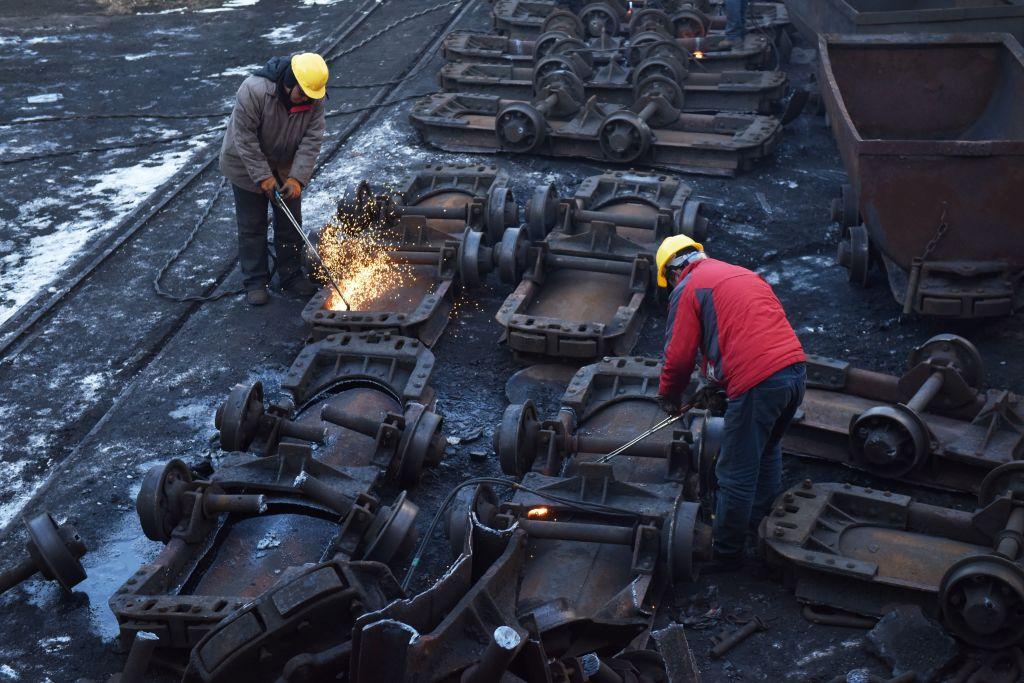China’s Producer Price Index (PPI) year-on-year increase in May hit its highest in nearly 13 years, according to data released by the Chinese Communist Party (CCP). Officials blamed monetary easing policies in Europe and the United States in response to the global CCP virus pandemic, which broke out in Wuhan, China, in late 2019.
PPI reflects the change, trend, and range of the ex-factory price of industrial enterprise products when sold for the first time, and is one of the important indicators reflecting inflation.




